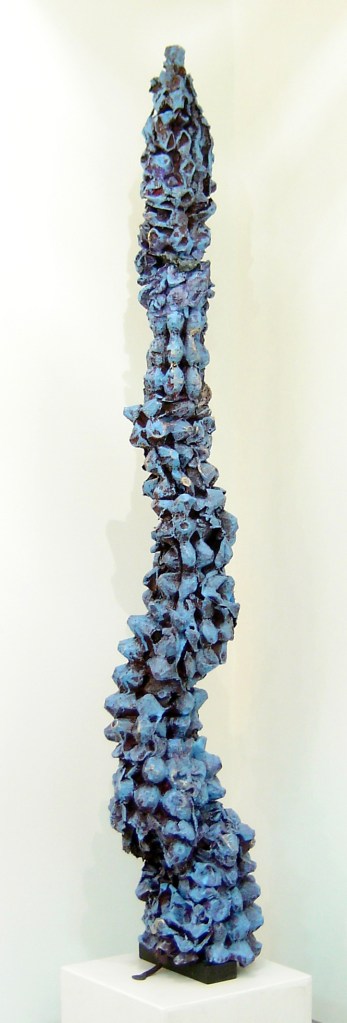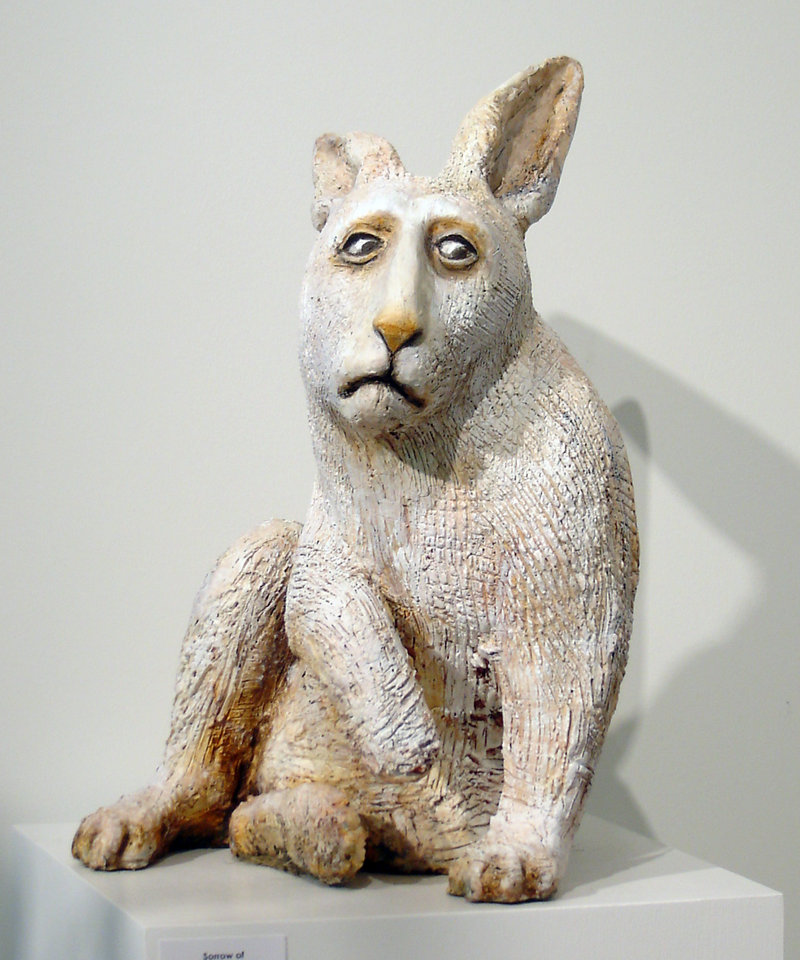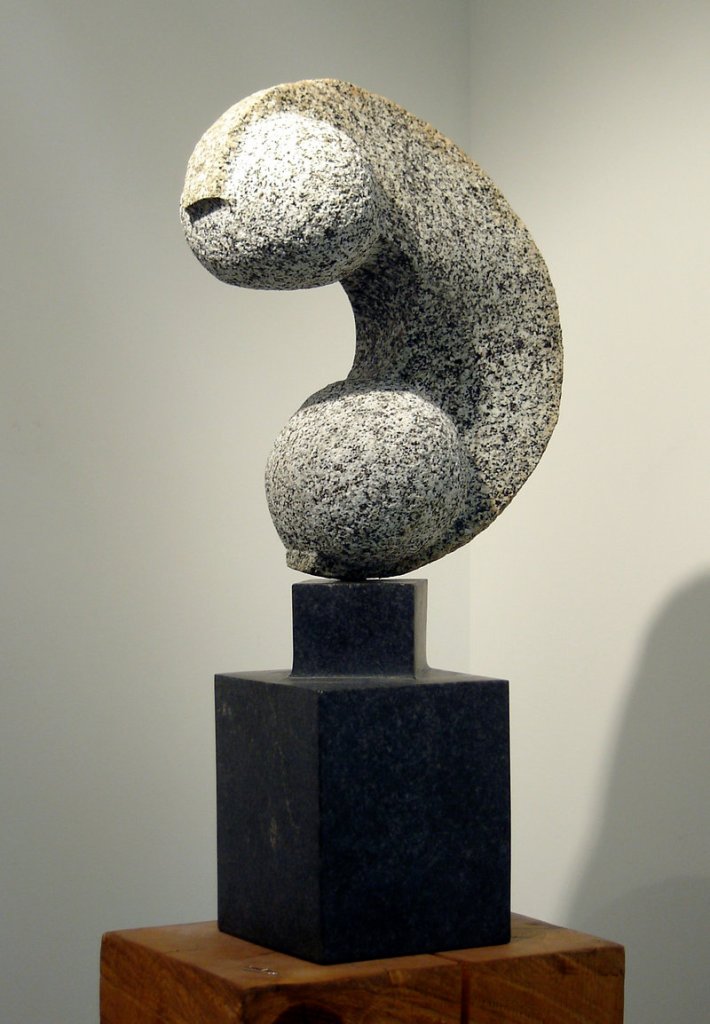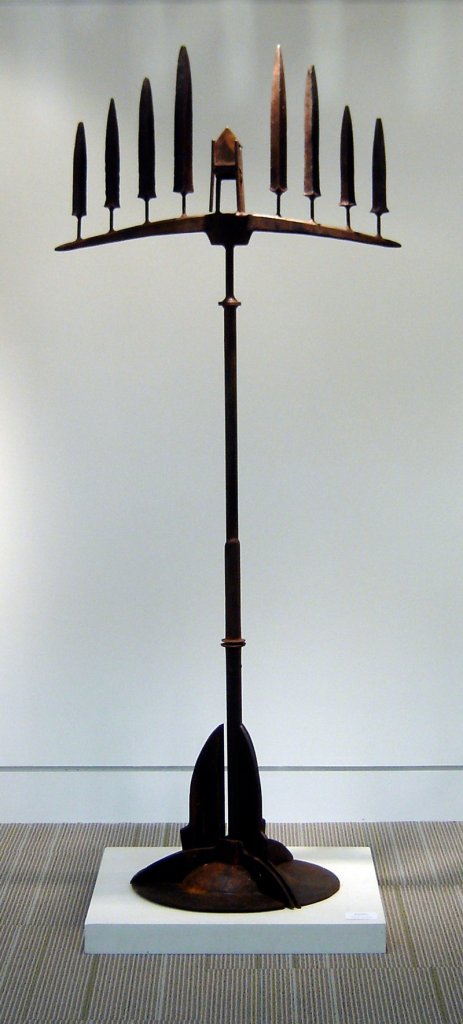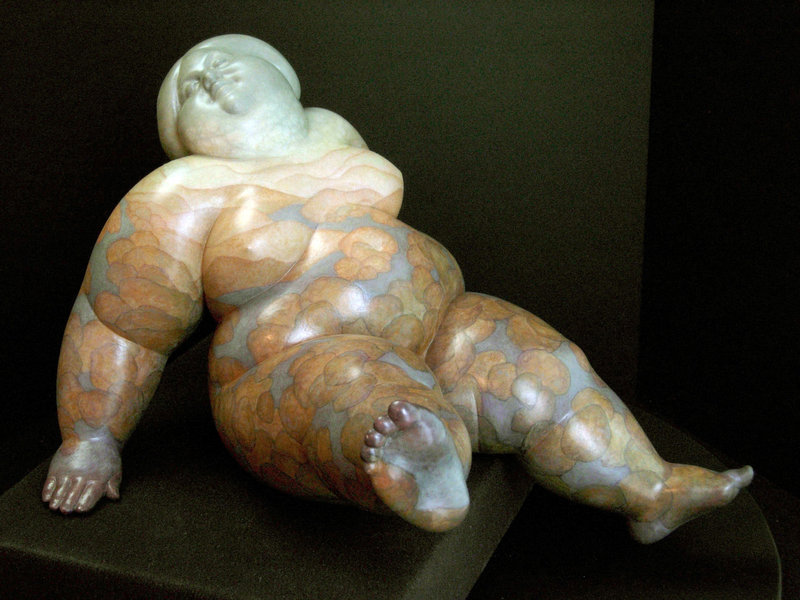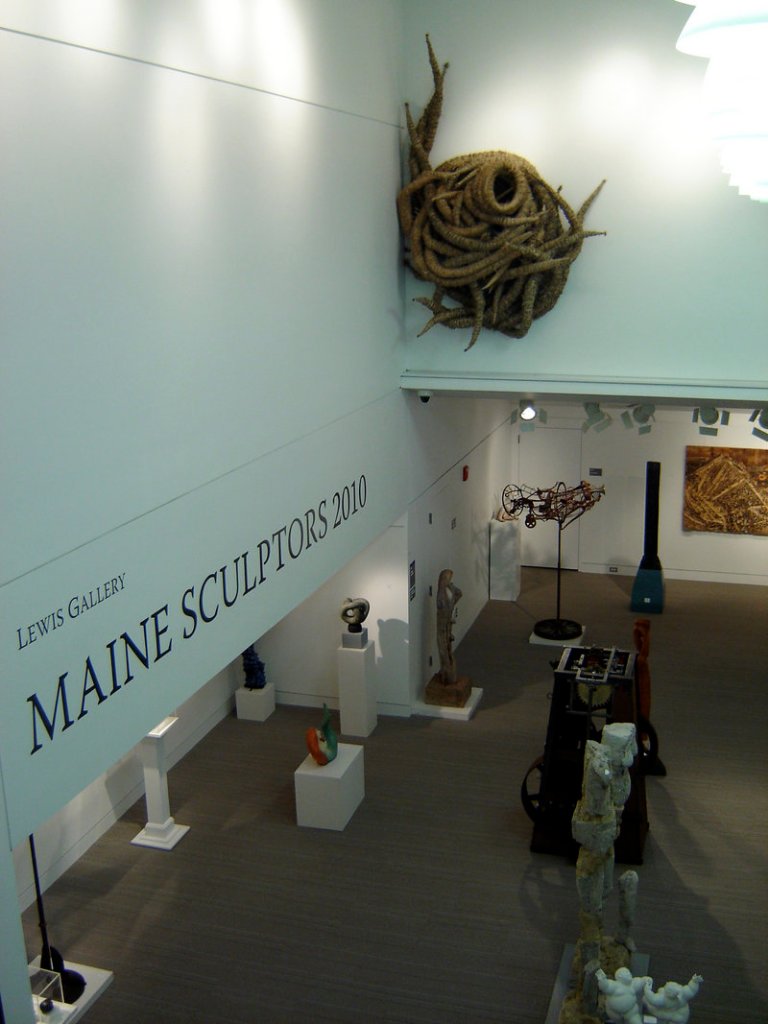Boston’s Copley Square is framed by Henry Richardson’s monumental Trinity Church (1872) on one side and McKim, Mead & White’s masterful Boston Public Library (1888) on the other. While Stanford White was the biggest name in the firm that was once the grandest feather in America’s architectural cap, his partner Charles McKim quietly designed many of their greatest buildings — including the library.
I am a fan: I worked for several years in Columbia University’s McKim-designed art library. I also attended Bowdoin College, where the McKim-designed Museum of Art recently underwent a major renovation. It was an architectural gem, and now it’s also a great museum.
McKim got his start working for Richardson.
For Trinity, Richardson brought on sculptor Augustus Saint-Gaudens, who became one of White’s favorite playmates. Their debaucheries led (during a public performance of “I Could Love a Million Girls”) to White being shot in the face on the roof of Madison Square Garden (which he had designed) by Harry K. Thaw, who had married the famously beautiful actress Evelyn Nesbit four years after she was White’s “girl in the red velvet swing.”
America’s most famous architect, publicly murdered by one of the nation’s richest men over the most famous actress of the age: That sold newspapers.
Scandals aside, Richardson’s successor firm — Shepley Bulfinch Richardson — built the Portland Public Library in 1978. With Scott Simons’ recently completed renovation, it is now a world-class public building on Monument Square. Everything is better: the light, the flow, the fa?e, the spaces — even the art that was already in the building. To explore it, all you have to do is open the door. The space will invite you in and effortlessly lead you around.
I am thrilled by the library’s expanded role as a public venue for art. In addition to the improved presentation of old favorites such as “Watering Girl” and the “Library Continuum,” it now has an extremely handsome space dedicated to art — the Lewis Gallery, which is showing “Maine Sculptors 2010.”
The show, featuring 43 works by 17 artists, is first seen from above, impressively displaying its range and scale as you descend into the gallery.
On the floor, however, the density makes the show a bit unwieldy and awkward. There are cramped and uncomfortable spots, and some work suffers for not having enough breathing room.
This is not due to the quality of the space, but, rather it’s about trying to fit in too much work by sculptors with varying spatial concerns — a common problem of large sculptural group shows. (Also, it takes some time to understand the quirks of any new gallery.)
Still, “Maine Sculptors 2010” features some excellent work.
My favorite piece is Michael Shaughnessy’s “Gathered and Bound,” a huge steel and hay wall sculpture soaring high above the rest of the show (across from great permanent works by Frederick Lynch that the library should emulate as bookmarks). It could be a nest or a complex root system. Its textures, spatial subtleties and organic gestures are just enough. It belongs here.
Steffi Greenbaum’s “Mountains/Boulders/Stones” is a 16-inch, highly-stylized Botero-esque female nude seeming to float in the elation of her curvy grandeur. She is beautifully painted with trees and mountains as if she were the landscape itself. She reminds me of Gaia, the Greek earth-Titan. Greenbaum continues the beginning-of-all-things theme in her similarly plump Adam and Eve dancing with sprightly joy despite their corpulence.
Many of the artists are showing stronger and weaker work together. Elizabeth Ostrander’s nervous white rabbit is terrific, but her mermaid is too obvious. While I would love to have Pat Plourde’s giant, peace-signing hand in my yard, it’s not even in the same class as his fabulous steel “Monhegan.”
Mark Harrington’s “Two Sphere Study” is interestingly complex and gorgeously curved, while his “Mobius” achieves almost nothing of sculptural form. Marilyn Quint-Rose’s painted egg-carton sculptures soar — especially her lupin-like “Dance of the Muse” — while her “Jewel of the Nile” is closed, fussy and anxious.
I adored Jacques Vesery’s exquisite little carvings (but not his Magritte-style, painted-sky chair). They are pairs of beautifully crafted objects that use their intimate scale to pull you in. Their organic curves are shapes of nature but articulated like Lilliputian architecture. They bask in their tiny and unspoken mysteries.
The Lewis Gallery is a tremendous new resource in the cultural fabric of Portland. Certainly, the exhibitions will go up and down in quality with the tide of curatorial talent mounting the shows, but this venue will be a permanent fixture. It is a most welcome addition.
Freelance writer Daniel Kany is an art historian who lives in Cumberland. He can be contacted at:
dankany@gmail.com
Send questions/comments to the editors.

